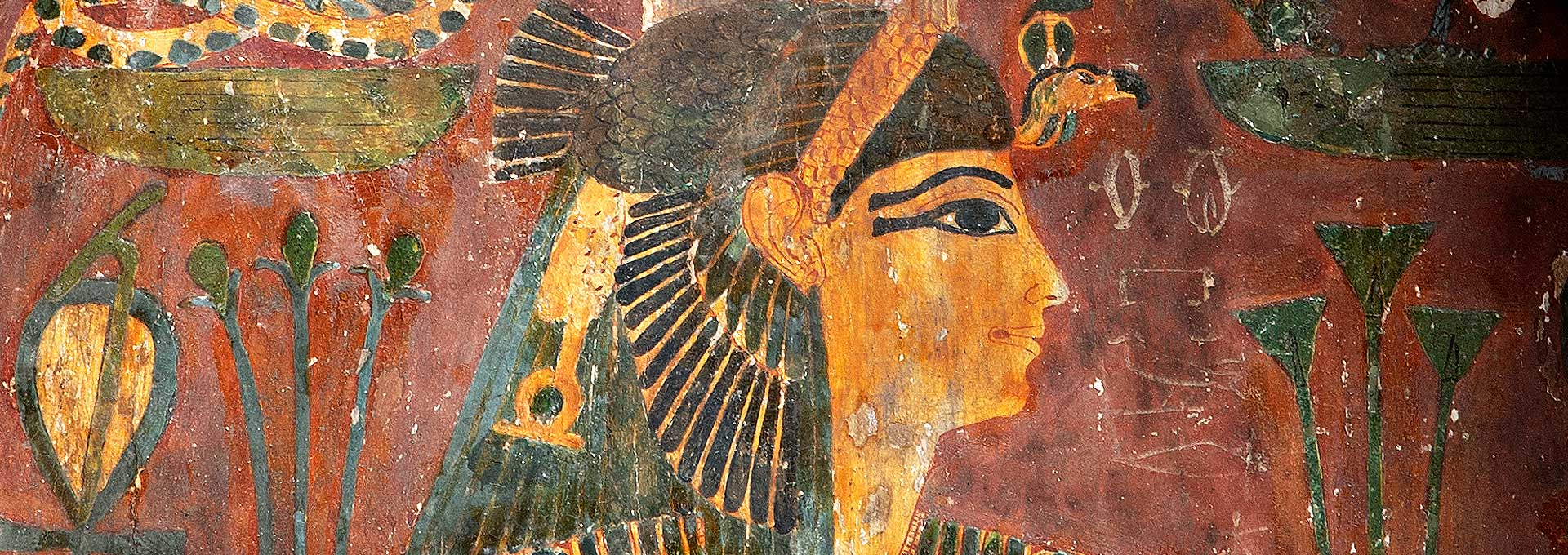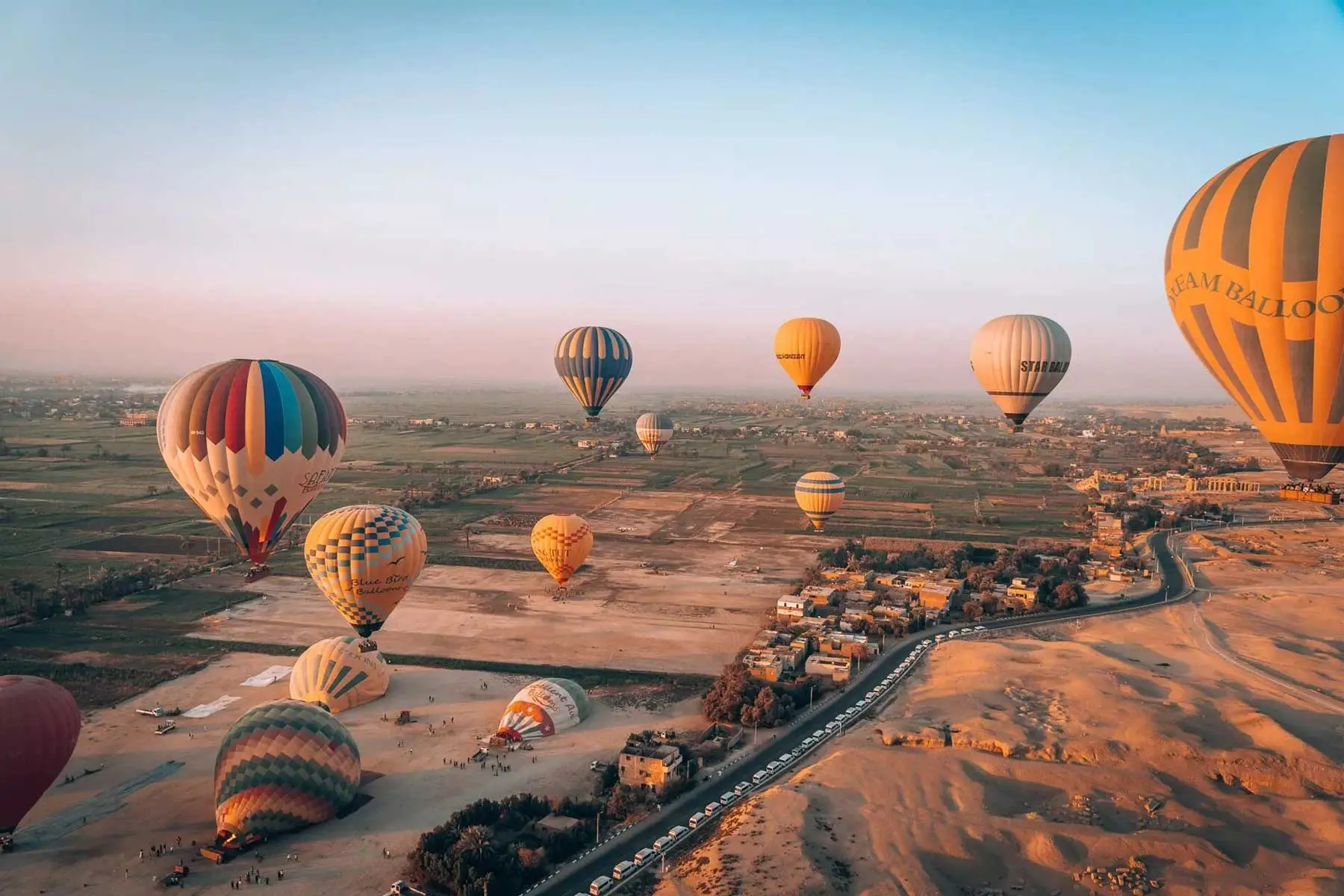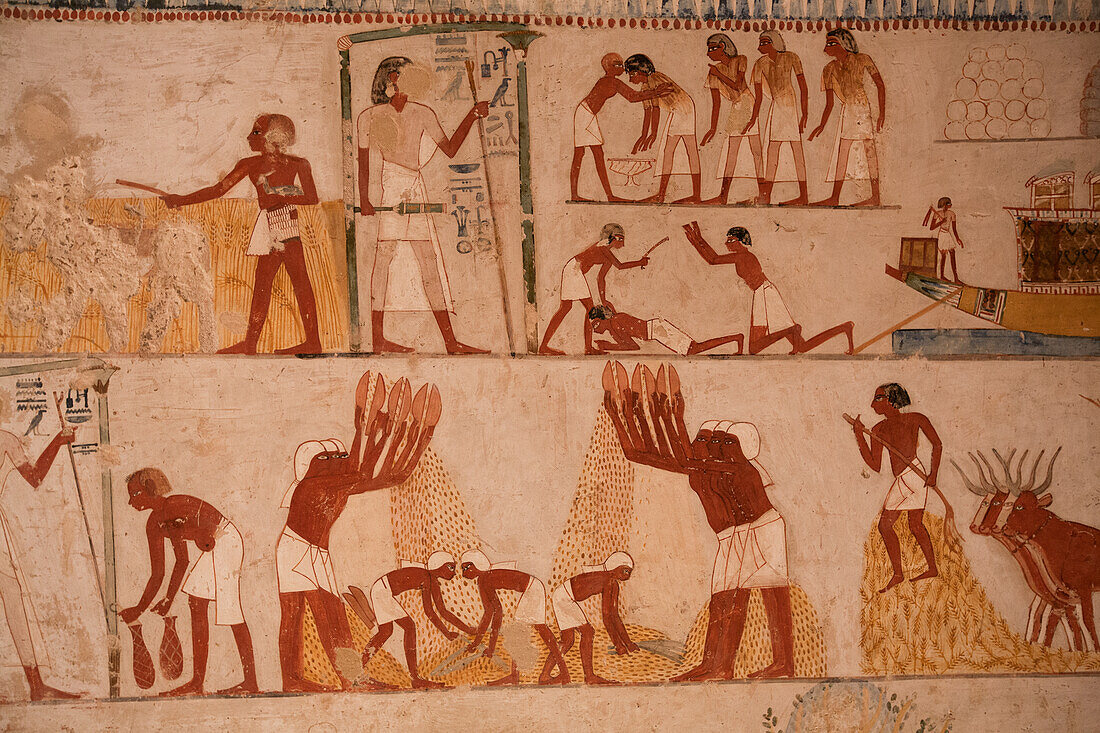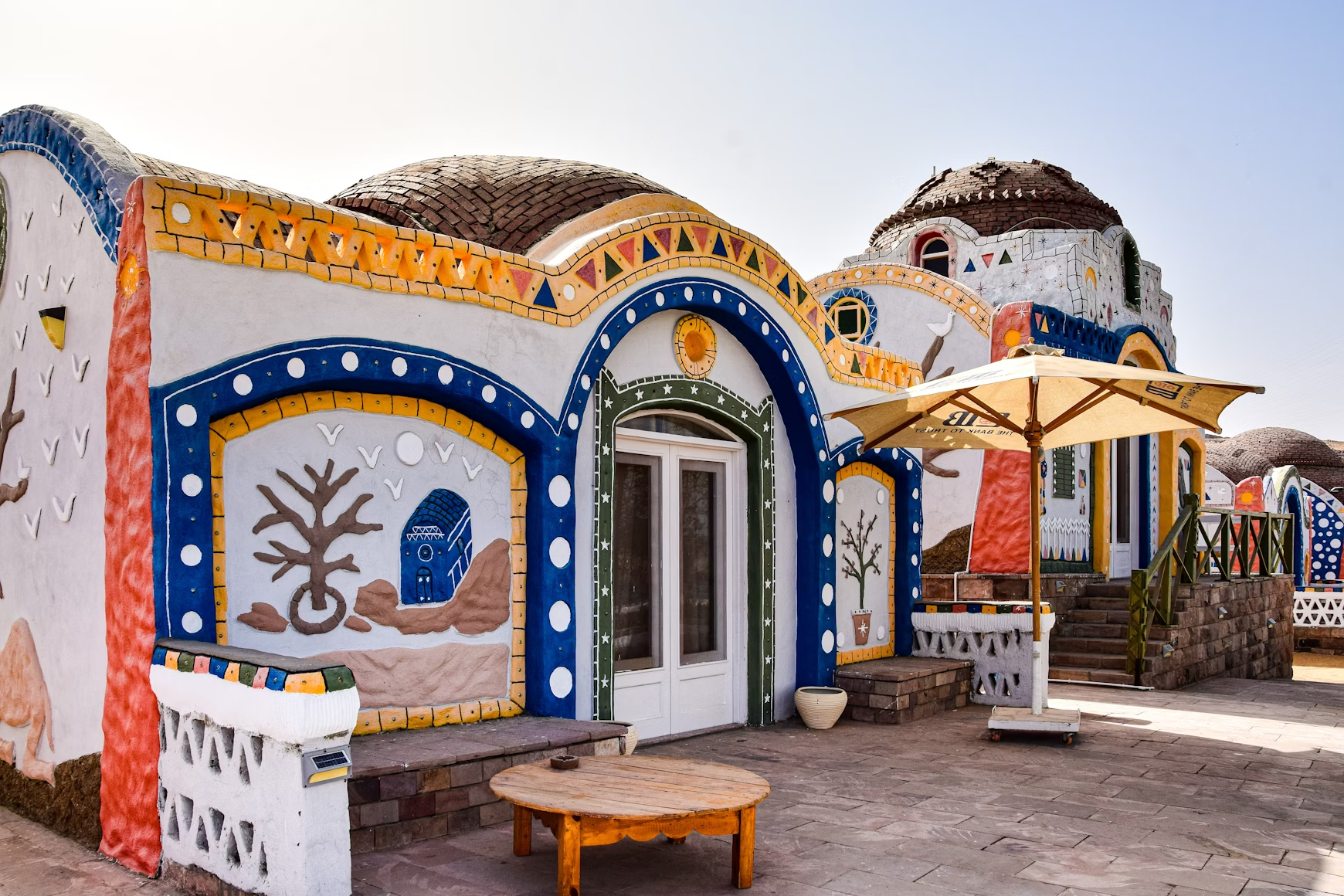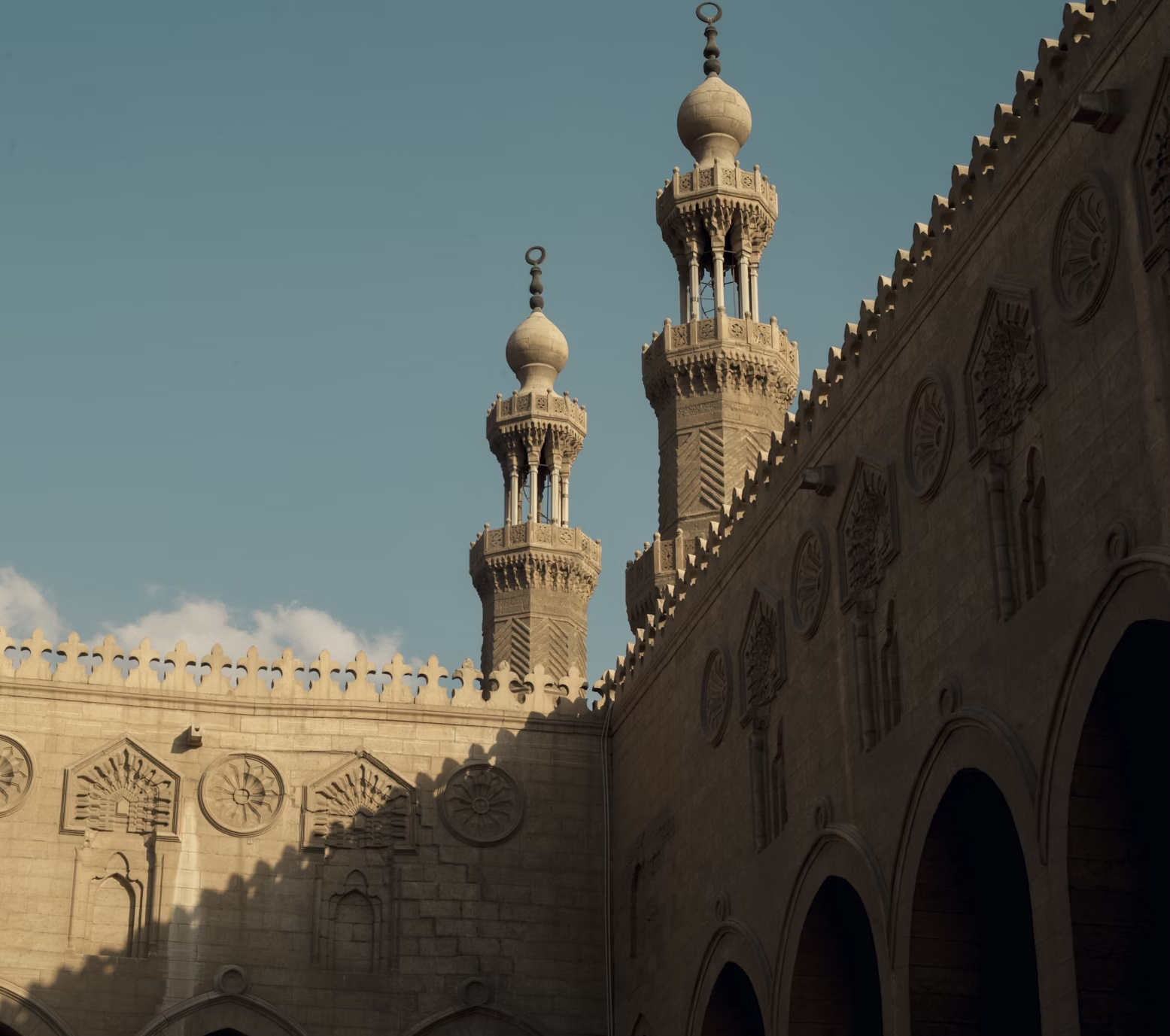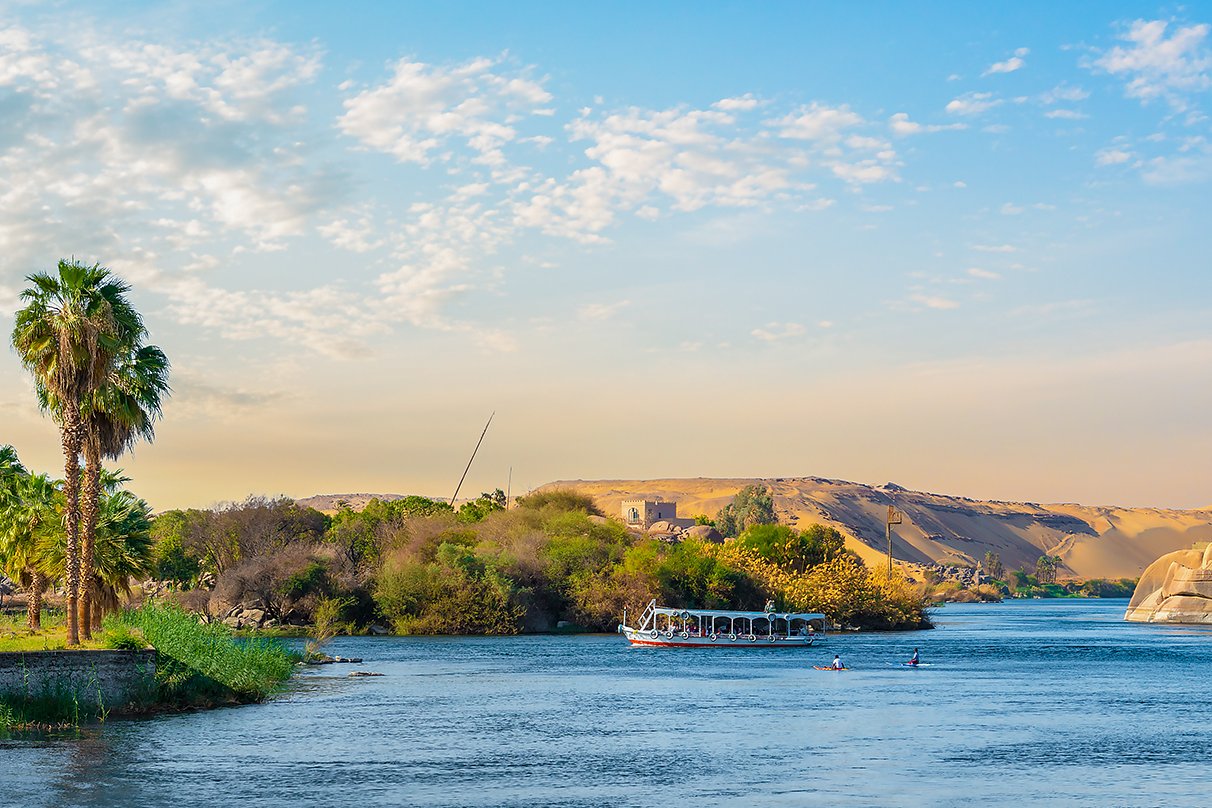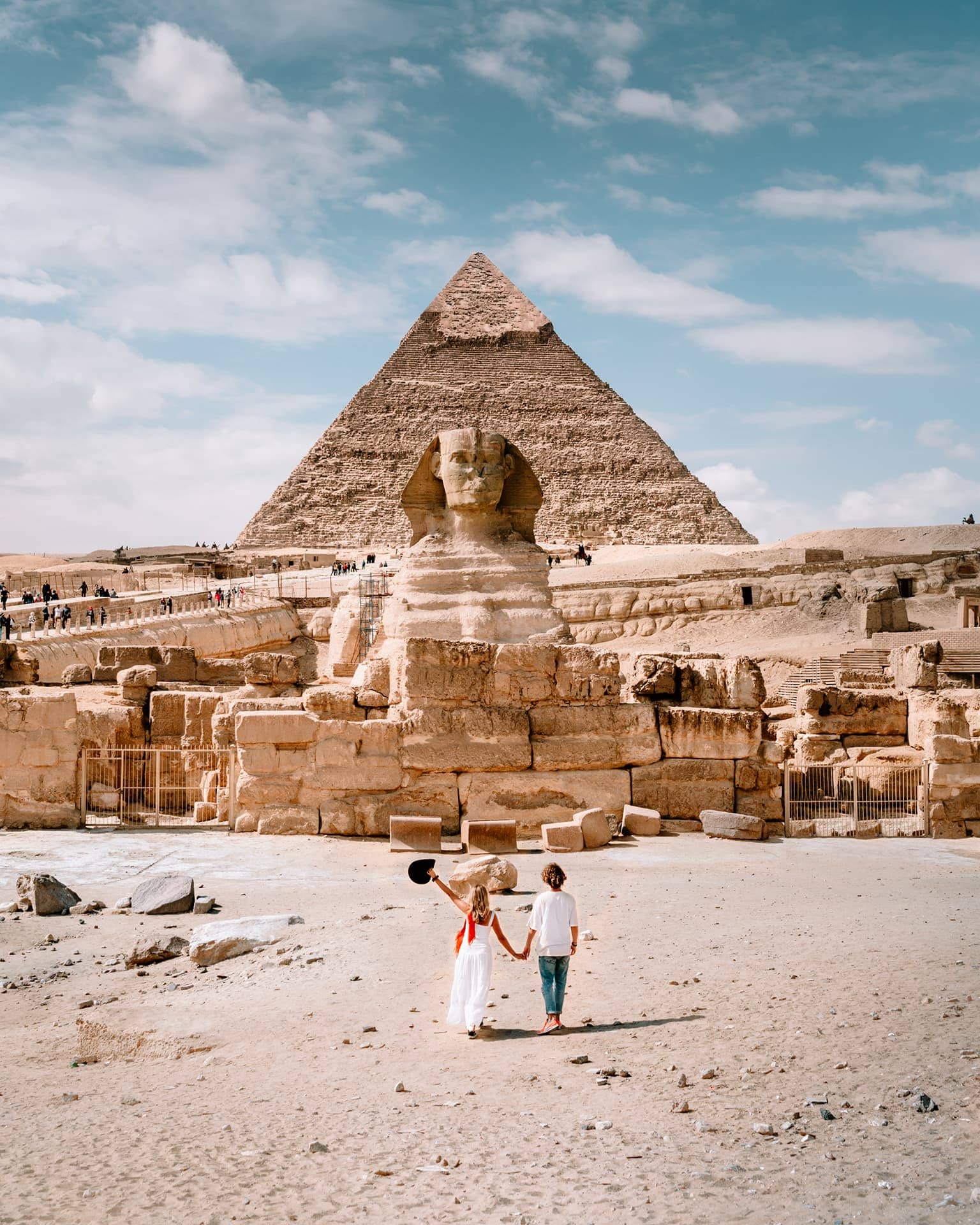Facts About the Pyramids of Ancient Egypt
Among the many attractions in the world, the pyramids of Giza are the most famous. These ancient wonders were built to be tombs for the pharaohs, and the construction methods are marvels of engineering. For those seeking more information about ancient Egypt, the Great Pyramid built for Pharaoh Khufu, at the very beginning, was 481 feet tall, being the tallest man-made structure for over 3800 years.
Interestingly enough, the Egyptians did not have cranes or any mechanics, yet, minus the high-tech methods, they managed to transport and place blocks of heavy limestone. This is a testament to the advanced understanding of ancient Egypt's history. Egypt classic tour packages offer a chance to learn about these incredible feats. The precision of the pyramids regarding alignment with the cardinal directions is evidence of the Egyptians' advanced knowledge in astronomy and mathematics.
Facts About Writing Systems in Ancient Egypt
Ancient Egypt is famous for a rare type of writing referred to as hieroglyphs. These pictographic symbols were used to convey sounds as well as meanings. Egypt travel packages provide an opportunity to explore these symbols in person. Exploring ancient Egypt facts, hieroglyphic writing can be found along tombs, temples, and monuments across Egypt and was primarily reserved for religious texts and royal decrees.
A more rapidly written script, which the Egyptians called hieratic, was used for day-to-day writings. Reflecting aspects of ancient Egypt culture, hieratic was mostly written on papyrus (paper-like material) and was therefore more suitable for administrative works. The Egyptian script comprised more than 700 signs, evidencing the complexity of their language.
Ancient Egyptian Religion Facts
Religion was very much the life of the Ancient Egyptians. They practiced polytheism and worshiped a large number of gods and goddesses, central to the ancient Egypt gods and their rituals. Some of the most renowned deities include Ra, the sun god; Osiris, the god of the afterlife; and Isis, the goddess of magic and motherhood. Each god had a role assigned to him and was represented by an animal head with a human body.
There was an afterlife, and most of daily life revolved around it; much was done to make certain that a person secured a place in the next world. Immortality was seen to imply great burial rituals and massive tombs filled with goods meant to follow the deceased into the afterlife. Egypt luxury tours allow travelers to witness the grandeur of these traditions firsthand. Central to ancient Egypt religion and beliefs about an afterlife was a concept convinced that one would have to face judgment by the gods; one's heart was weighed against the feather of Ma'at.
Fact about Ancient Egyptian Medicine
It is very possible that ancient Egypt was one of the first human-made civil societies that built a system of medicine. The doctors treated patients suffering from broken bones and infections as well as offered services in dental care because ancient Egyptians were mainly doctors highly trained in the practical application of medicine, against the treatments provided at the time. Exploring facts about ancient Egypt, hereditary physicians would then produce herbal plants and minerals, which they knew the treatment of a condition, some of which are now scientifically considered to work.
The Egyptians practiced surgery; they used trepanation and completed operations, for example, the removal of a piece of the skull to treat injuries to the brain. Medical knowledge was usually passed from generation to generation, but priests were considered to be the top healers because they knew both medicine and magic.
Social Structure Of Ancient Egypt
Ancient Egyptians were organized into highly structured societies. The pharaoh occupied the supreme position in their civilizations, being seen as both the king and god. Underneath him were priests, scribes, and nobles who often formed a ruling class with enormous powers and influence. Below were the majority of Egyptians who worked the land or the state for subsistence life, mostly farmers, craftsmen, and laborers.
The society was highly hierarchical, but social mobility, albeit just a little, was possible. Some leaders, such as skilled craftsmen or scribes, could thus enhance their standing. Furthermore, women in ancient Egypt enjoyed more rights than many other ancient civilizations, since they could own property, initiate divorce, and, on certain occasions, rule, as in the case of female pharaohs such as Hatshepsut, among others.
Calendar Facts About Ancient Egypt
They were indeed experts in astronomy and made use of a solar calendar of 365 days. The Egyptians divided their year into three seasons of inundation, emergence, and harvest based on the annual floods of the river Nile; thus they knew the inundation and could reliably predict it to determine their agricultural activities.
The Egyptians were brilliant in the knowledge of the solar year and their calendar was one of the first to accommodate the leap year. This would cause a lasting impression of great significance on the Gregorian calendar, which is predominantly in use all over the world today.
It is still very interesting to the world the culture, science, and society of Ancient Egypt. The wonders that they made in architecture, medicine, and writing are some of the things from which the most modern world took time by then. The Ancient Egyptians cast a shadow over modern civilization in many directions, bequeathing facts about ancient Egypt gods and their influence that alone proclaim how originating were the ancients. Egypt culture tours offer an incredible way to explore and learn about these remarkable contributions.
 English
English
